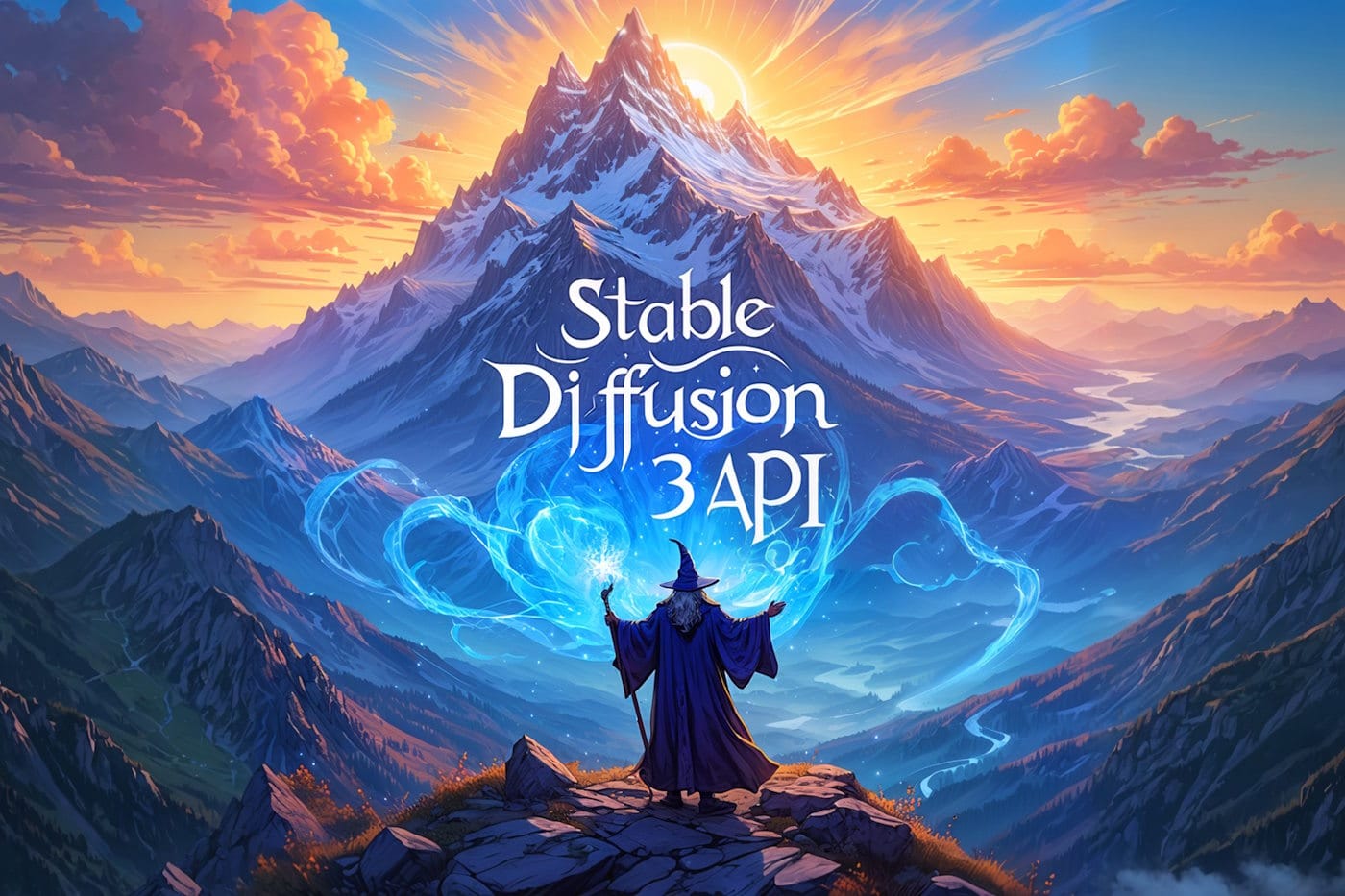
Stable Diffusion and Unstable Diffusion sound similar and it may seem like one is a pre-release version of another but that is NOT the case.
Unstable Diffusion is a service focused on using AI to generate uncensored, NSFW images. That's the major difference.
AI has revolutionized the way we think, create, and process things. Diffusion Models are one class of models that have immensely affected how we generate and manipulate digital content.
These models are proficient in developing high-quality images, videos, and audio content. The name is inspired by the diffusion process we learn about in Physics, interesting, right? 😄
But, what is it, technically? Well, allow me to highlight the popular diffusion models, Stable Diffusion, and Unstable Diffusion, and describe them for you to easily understand.
What Are Diffusion Models?
Diffusion models are a type of generative method that synthesize high-quality data by progressively adding Gaussian noise to a dataset and then learning to reverse this process to produce an output.
That's the technical definition of it, with the tech jargon associated.
In simpler terms, it is a model fit for tasks like text-to-image, text-to-video, and text-to-audio, outperforming other techniques for the most part.
The reverse processing separates Diffusion Models from other generative models, such as Generative Adversarial Networks (GANs). And, due to their success, Diffusion Models are now implemented in prevalent LLMs such as DALL-E 2.
Similarly, Stability AI has come to implement Diffusion in its workings and called it Stable Diffusion. There's also something called Unstable Diffusion, created by another company.
So, what is the difference? Let me tell you.
Suggested Read 📖

What is Stable Diffusion?

Stable Diffusion is a generative AI model that provides you with images based on prompts that you have provided. With Stable Diffusion (SD) being Stability AI's golden child, it is no surprise that it gets the most attention out of their other models.
It is based on the Latent Diffusion model that can also run on consumer-grade GPUs, making it easily accessible with no one to compete against it. This makes it one of the most important models during this AI boom.
Stable Diffusion can be run locally to generate images. The documentation states that you need a GPU with at least 10 GB VRAM. But, it works with fewer resources as well. However, the performance can be slower.
Interestingly, with the release of SD3, Stability AI is faced major backlash from the community due to its questionable licensing terms and conditions, which seem to get worse with each update.

With its newest update at the time of writing this, Stability AI has introduced a 'creator license' that is only available for developers with less than $1 million annual revenue. This restricts the number of images generated per month to 6000 only. Exceeding this will lead to you paying for an Enterprise license.
However, this is not the first time, Stability AI has found itself in the heat 😅
Despite the second version of SD providing much better resolution and details, it seems not all the changes were accepted well. The controversy came when Stability AI made it much more difficult for creators to generate NSFW images, unlike their first model. They also removed the ability to create images 'in the style of' specific artists.
This is exactly where Unstable Diffusion came into play. It allowed users to do what they could not do anymore with SD2 and whatever came after it.
What is Unstable Diffusion?

Unstable Diffusion is a generative AI model focused on generating NSFW or uncensored images.
Running purely on their Patreon donations, this model is maintained by Unstablility.AI, a small group of people who want to expand on Stability AI's first model focused on NSFW images.
While Unstable Diffusion's dataset is based on its counterpart, only 2.9% of Stability AI's dataset contains NSFW content. Due to this, Unstability AI recruits volunteers to create NSFW dataset in hopes of filling what Stable Diffusion is missing.
The user experience of both models is also vastly different. While Stability AI provides a seamless experience with no shady steps to complete, Unstability AI requires you to sign in through Discord or Google before you can start utilizing its services.
This combined with the fact that the company is already facing controversies related to consent and copyright is reason enough for me to raise an eyebrow.
Other than the free option that only needs you to log in, Unstability AI also provides you with three paid versions. The Basic plan, which costs $14.99 per month, does not allow commercial use and permits relatively small credits for generating images. Their Premium plan comes for $29.99, you can now use it commercially with a lot more credits. Finally, their Pro version, which is priced at $59.99 allows for a private experience where your data will not be used for training purposes.
A pretty hefty subscription price for something that sounds shady 😁

A lot of the company's funding is spent on its Discord and on giveaways. This is a very unorthodox way to spend its revenue, but it is done in an attempt to bring about a bigger audience to its model.
Conclusion
The main difference between the two is the fact that one does not permit the generation of NSFW images, while the sole purpose of the other is to be able to generate these images.
It is clear that Stability AI is a genuine company behind SD that you can choose to use.
On the other hand, Unstable Diffusion is built on a questionable foundation. You may not want to use it. I mentioned it here as it is making quite a buzz on the internet.
That being said, generating any kind of images by AI models comes with their cautions of copyright issues. So, you need to be careful when you decide to use it for your personal projects or commercial products.
Author Info

Swayam Sai Das is a student exploring the realms of Linux as an Intern Writer at It's FOSS. He is dedicated, when trying to push ranks in FPS games and enjoys reading literature classics in an attempt of putting on an academic facade.



